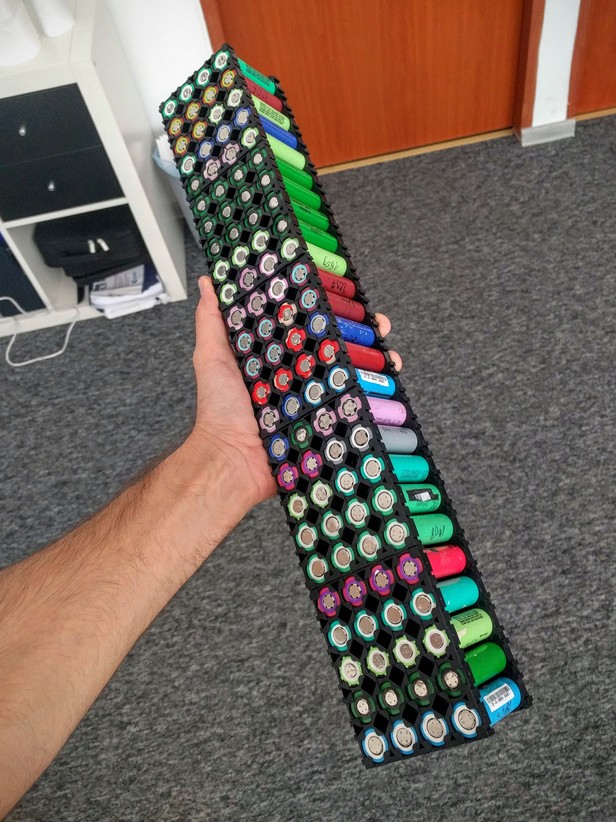Some time ago I came across a very good read by David McCay - Sustainable Energy without the Hot Air. I’ve seen many good reviews of the book, so it didn’t take me long to download and start reading it. I haven’t finished yet, but I can already confirm that the book is outstanding - it’s one of the books that fundamentally change the way you look at things around you. The only thing I knew about “kilowatt hours” before, was that they come every month with an electricity bill. The book can give you a much broader picture of i.e. where they come from, and what they can do for you.
So, what a kilowatt hour of high-grade electric energy can do for you? Many useful things, i.e.:
- deliver 4-5 kWh of low-grade heat (or cold) into your home (depending on COP of a heat pump)
- do your laundry (average A grade washing machine energy usage per cycle)
- wash your dishes (average A grade dishwasher energy usage per cycle)
- boil 8 litres of water in your kettle (depends on water temperature)
- provide a light on your desk for 4 days (average 10 W LED bulb)
- let you drive your EV 4 miles at highway speeds (according to an HN comment, probably the EV is Tesla)
…and so on.
Where can I get a kilowatt hour from? While most people get it from the grid, more and more decide to harvest it from the sun on their own. It’s getting cheaper as PV prices go down, but PV is not enough when you want to do your laundry on a rainy day (or at night). Here comes the storage, and the most popular way to store electric energy these days is Lithium-ion. What does a kilowatt hour in Lithium-ion batteries look like?

I’m holding here a hundred 18650 cells pack, built using recycled old laptop batteries. Every cell is capable of storing 2600 mAh when it’s new and has an average voltage of 3.7 V. Every single cell stores roughly 10 Wh of electricity, so when you connect a hundred of these cells, you can get an around 1 kWh battery module. When you connect ten 1 kWh modules, you can get a 10 kWh power wall. When you have a few thousands of more spare cells, you can even get a decent EV battery allowing you to drive a few hundreds of kilometres on a single charge.
This is a very interesting subject I recently got into. I’ll try to write more about the details, and progress of the project on this blog. See you soon.